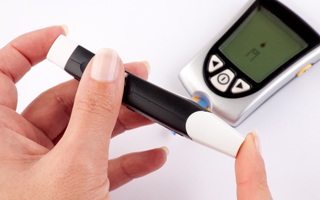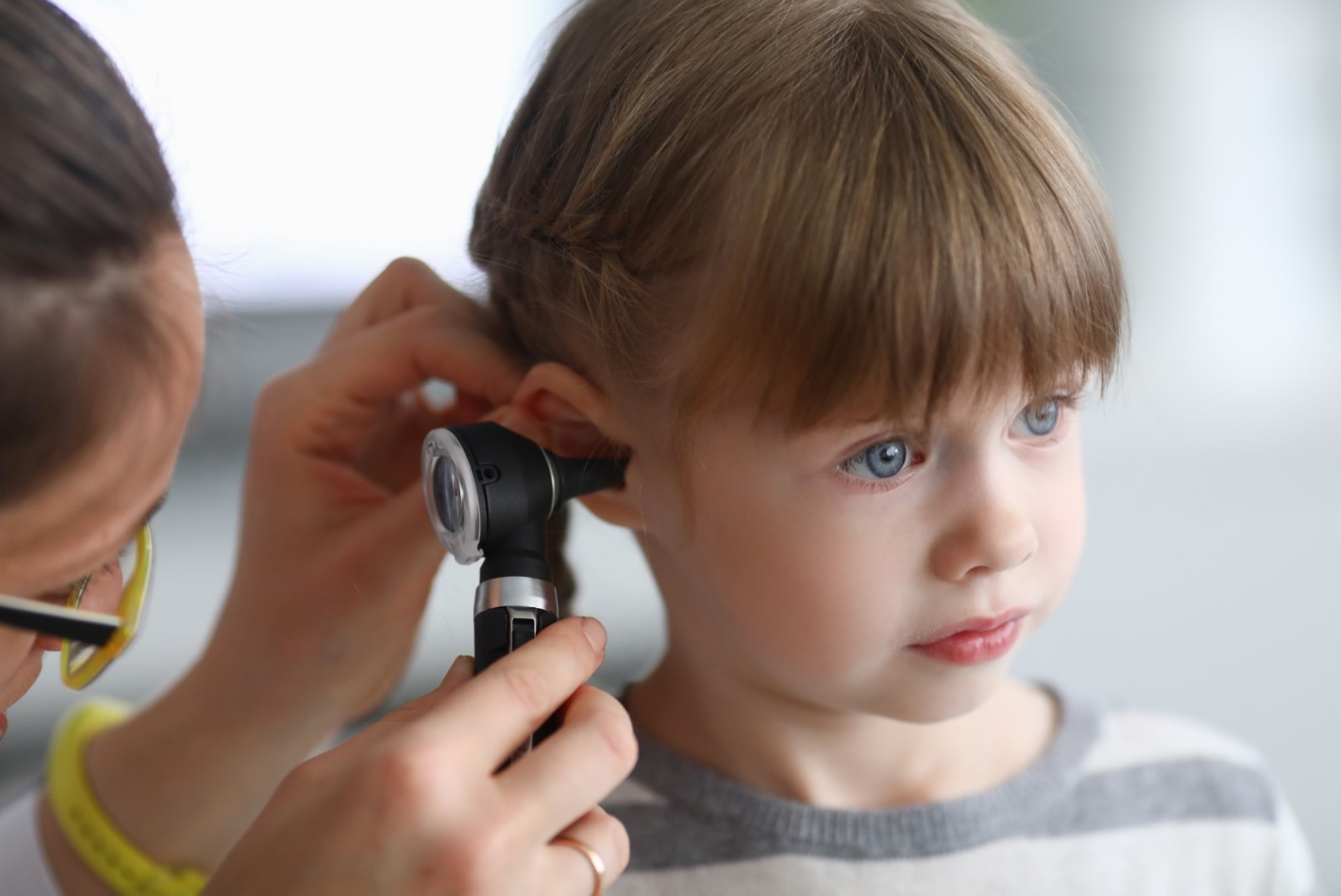
Diabetes is a disease that impacts millions of Americans every day. According to the American Diabetes Association, it is the seventh leading cause of death in the U.S. In 2015, 30.3 million Americans suffered from diabetes, and approximately 1.5 million new cases of diabetes were diagnosed in America alone. While there is no cure for diabetes yet, there are teams of researchers working hard to help people fight and manage this disease.
The Three Main Types of Diabetes
Type 1 Diabetes is typically diagnosed early in life, and only 5 percent of people with diabetes have this type. It was previously known as juvenile diabetes but has been renamed as it does not only occur in children. Type 1 diabetics are unable to produce insulin, a hormone that the body needs to get glucose (sugar) from the bloodstream into the body’s cells. However, patients are often able to manage their condition and live long, happy lives with the help of insulin therapy and a combination of other treatments.
[[{“fid”:”500″,”view_mode”:”default”,”fields”:{“format”:”default”,”field_file_image_alt_text[und][0][value]”:”Diabetes Diagram”,”field_file_image_title_text[und][0][value]”:”Effects of Diabetes”},”type”:”media”,”field_deltas”:{“1”:{“format”:”default”,”field_file_image_alt_text[und][0][value]”:”Diabetes Diagram”,”field_file_image_title_text[und][0][value]”:”Effects of Diabetes”}},”link_text”:null,”attributes”:{“alt”:”Diabetes Diagram”,”title”:”Effects of Diabetes”,”height”:”400″,”width”:”400″,”style”:”float: right;”,”class”:”media-element file-default”,”data-delta”:”1″}}]]Type 2 Diabetes is the most common form of the disease, and is also referred to as hyperglycemia. With this type of the disease, the body does not use insulin properly and is insulin resistant. Essentially the body doesn’t function correctly which results in an elevated level of blood glucose. At first, your pancreas makes extra insulin to make up for it. But, over time it isn’t able to keep up and can’t make enough insulin to keep your blood glucose at normal levels.
Gestational Diabetes is when a woman who has never had diabetes develops high blood glucose levels during pregnancy. It typically occurs around the 24th week of pregnancy. This diagnosis does not mean that the mother will have diabetes after the baby is delivered. Although it can be managed and prepared for, it’s important to consult with a doctor and adhere to a treatment plan to ensure both mother and child remain as healthy as possible.
Although there are only considered to be three main types of diabetes, there is also a condition called Prediabetes, which is also referred to as impaired glucose tolerance. With this condition, a person may have high blood sugar, but it has not yet developed into Type 2 diabetes.
The Effects of Diabetes On Your Body
Fortunately, many of the problems surrounding diabetes can be controlled or managed with medications, healthy diet and exercise, and regular checkups. But if left untreated, diabetes can lead to a variety of health problems throughout the body.
Eyes – Diabetic retinopathy can result in blurred or double vision, and in some cases permanent loss of vision.
Kidneys – Swelling in the feet and legs often means that uncontrolled blood sugar levels have affected the kidneys. If left untreated, diabetic nephropathy can lead to kidney failure.
Heart – Individuals that have been diagnosed with diabetes have a greater risk of developing heart disease, especially if they have high blood pressure, smoke or are overweight.
Nervous System – Uncontrolled diabetes can negatively affect nerves that control your heart, blood pressure, digestion and blood flow to organs. This can lead to loss of bladder control, erectile dysfunction, vision issues and dizziness.
Top Risk Factors for Diabetes
- Obesity: Overweight adults are five times more likely to develop type 2 diabetes.
- Genetics: Certain genes can cause both type 1 and 2 diabetes. Children of parents with diabetes are at a higher risk of getting diabetes.
- Age: The natural reduction or slowing of organ function that occurs over time can increase risk.
- Smoking: It is believed that smoking can be a significant risk factor for diabetes.
The Impact of Diabetes
According to the Centers for Disease Control and Prevention (CDC), there are more than 30 million adults in American with diabetes, with one out of four of them being unaware that they have it. Living each day with diabetes can be tremendously challenging. A diabetes diagnosis can mean hours spent in doctors’ offices, countless blood tests, insulin treatments administered by syringe or pump and mandatory lifestyle changes. Fortunately, with current medical treatments and adhering to lifestyle changes, individuals with diabetes can maintain and even improve their health.
You can help join the fight against diabetes by making a donation in support of the American Diabetes Association to help fund research, advocacy, and awareness programs.


